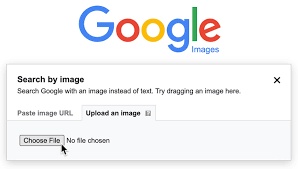Google Images API offers a powerful way to integrate image search functionality into applications, providing users with a seamless experience to discover and explore visual content. Mastering this API requires understanding its capabilities and leveraging best practices to enhance image search integration. In this article, we will delve into tips and tricks for mastering Google Images API.
Understanding Google Images API Google Images API is a RESTful API that allows developers to programmatically access Google's image search capabilities. With this API, developers can search for images, retrieve image metadata, and display images in their applications. The API provides a flexible and customizable way to integrate image search into websites, mobile apps, and other platforms.
Tips for Mastering Google Images API
-
API Key Management: Obtain a Google API key to authenticate requests to the Images API. This key is essential for accessing the API and should be kept secure.
-
Query Parameters: Use query parameters such as keywords, image size, color, and image type to refine search results. These parameters help narrow down the search and provide more relevant images.
-
Pagination: Implement pagination to manage large result sets efficiently. Google Images API supports pagination through the use of start and num parameters in the request URL.
-
Error Handling: Handle errors gracefully by checking for error responses from the API. Common errors include rate limiting, invalid API keys, and malformed requests.
-
Image Display: Display images in your application using the URLs provided by the API. Ensure that you comply with Google's image display guidelines and respect copyright laws.
-
Caching: Cache image search results to reduce the number of API requests and improve performance. Use a caching strategy that respects Google's caching policies.
-
Image Metadata: Retrieve image metadata such as title, URL, and dimensions to enhance the user experience. Displaying this information alongside images can provide context and improve usability.
-
Rate Limiting: Be mindful of Google's rate limiting policies to avoid exceeding API usage limits. Implement rate limiting strategies in your application to prevent abuse.
-
Monitoring and Analytics: Monitor API usage and performance using Google Cloud Console and Google Analytics. This helps track usage patterns and optimize API usage.
-
Compliance and Legal Considerations: Ensure that your use of Google Images API complies with Google's terms of service and legal requirements. Respect copyright laws and use images responsibly.
In conclusion, mastering Google Images API requires a combination of technical knowledge, best practices, and compliance with Google's guidelines. By following these tips and tricks, developers can integrate image search functionality effectively and enhance the user experience in their applications.


No comments yet